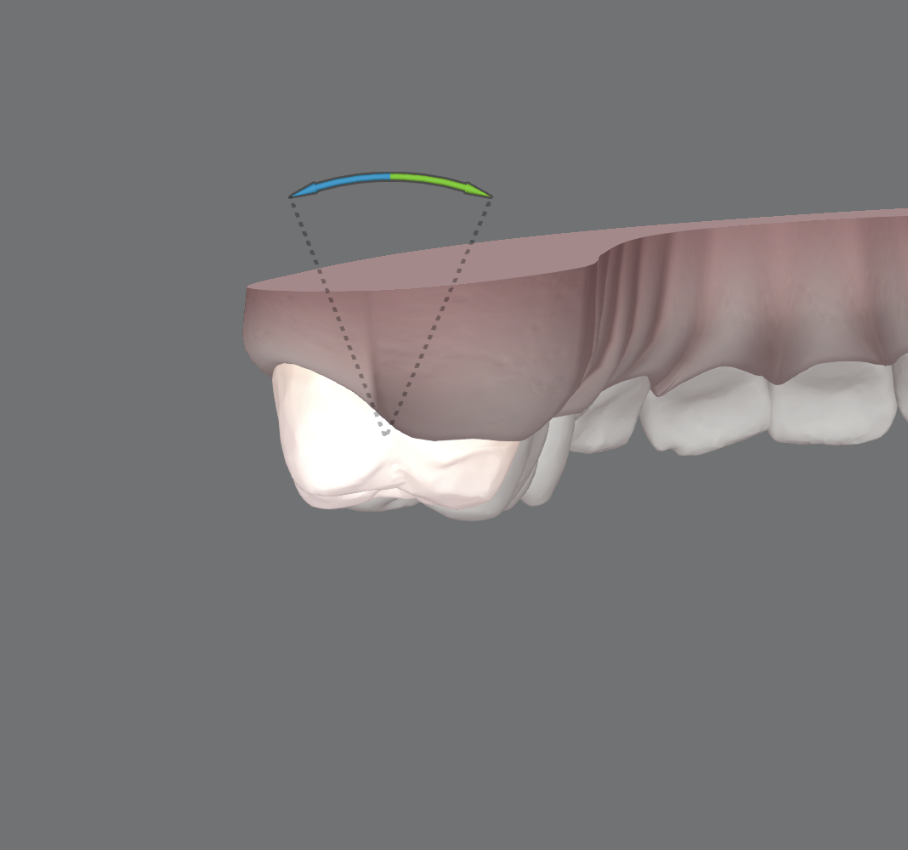Should we overcorrect and/or overtreat expansion?
- Home
- News
One of the "reproaches" that aligners have received the most in recent years is the fact that they are "not very predictable", where predictability is understood to mean that the final digitally designed position is expressed exactly and accurately at the clinical level.
This, which makes little clinical sense, has led, on the other hand, to much interest in "measuring" which movements are performed with more or less ease.
So, thanks to that conceptual error about predictability, we have a lot of information about what expresses well in plastic and what does not. One of the fields - perhaps because of the simplicity in measurements for studies - most analyzed is that of tooth expansion, which is expressed by a smaller amount than digitally predicted.
In view of this, does it make sense to over-treat or over-correct it? The answer to this question is: it depends.
First of all, it is important to be clear that in this case it is necessary to perform an overtreatment (during the treatment), and not an overcorrection (which would be at the end of the treatment).
On the other hand, it would be convenient to perform an overtreatment between 0 and 20% of the total movement when:
- This is the expansion of canines or second molars, with less predictability of transversal development, as they are pieces that are in the most distal position or in the curvature of the arch between the anterior and posterior sector.
- It is a mass expansion, in which case we should add 6 degrees of extra radicular-vestibular torque per millimeter of coronal expansion beyond the "zero torque".

Likewise, we should avoid this overcorrection:
- When the expansion is performed only by coronal movement, without moving the root, which is known as "expansion by torque change".
- When we are on the second or third set of aligners and we want the final occlusal contacts to be adequate, something that the "mass" expansion described above often worsens.
Want to know which course is right for you?
Call us and we will solve all your doubts.


